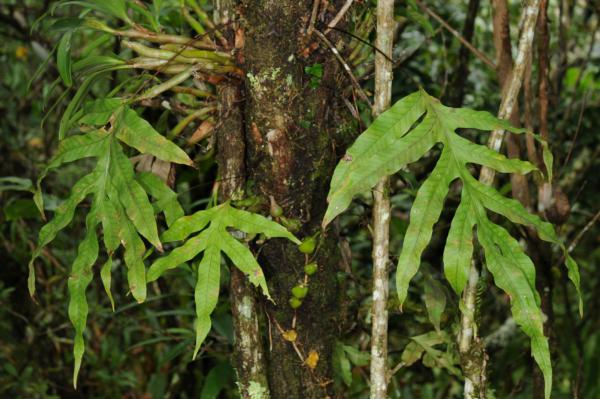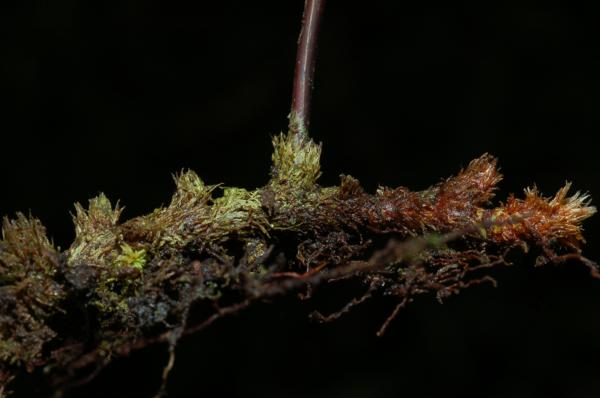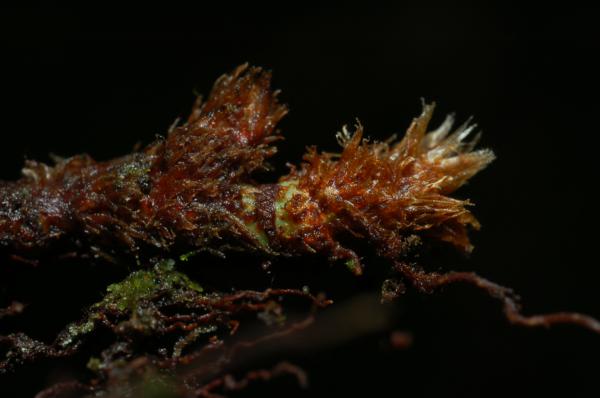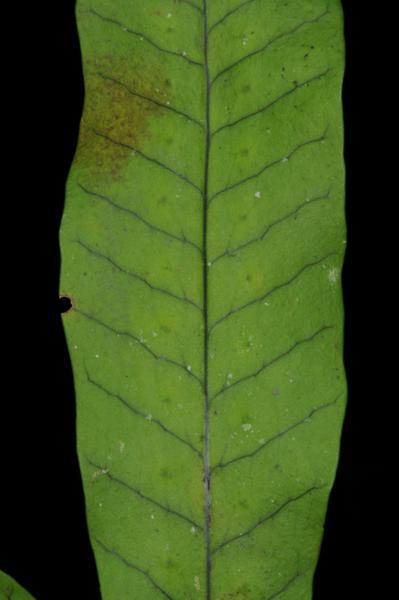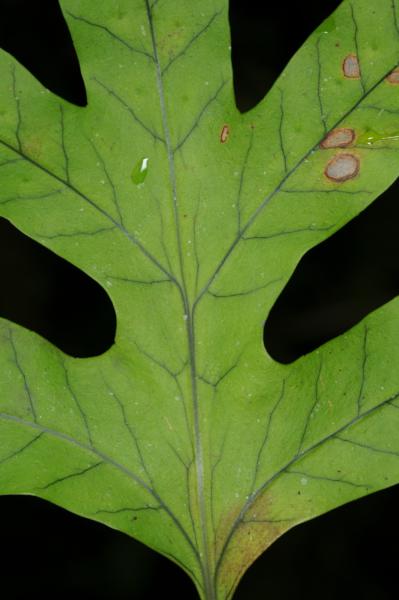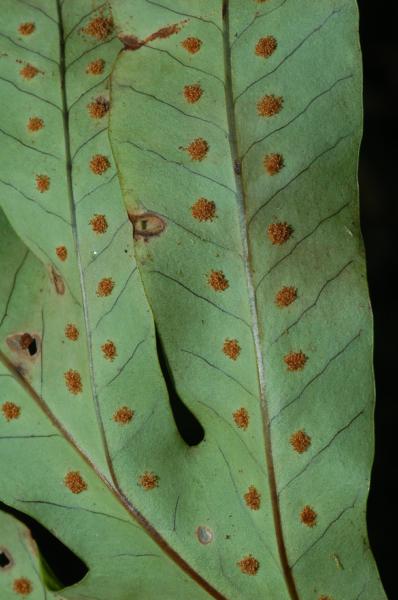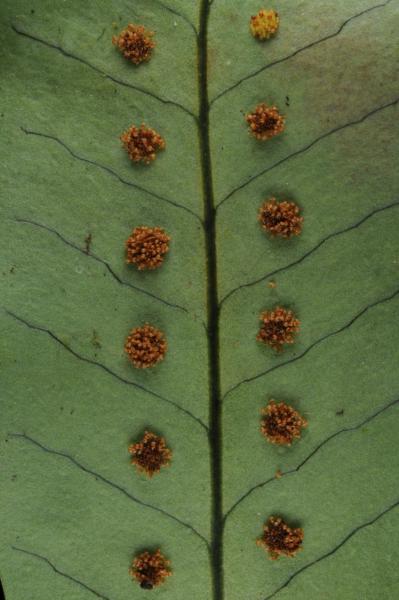
Selliguea oxyloba (Wall. ex Kunze) Fraser-Jenk.
Family
Polypodiaceae
Nomenclature
Selliguea oxyloba (Wall. ex Kunze) Fraser-Jenk., Taxon. Revis. Indian Subcontinental Pteridophytes 44. 2008. – Polypodium oxylobum Wall. ex Kunze, Linnaea 24: 255. 1851; C.Chr., Contr. U.S. Natl. Herb. 26: 334. 1931. – Phymatodes oxyloba (Wall. ex Kunze) C.Presl ex Ching, Contr. Inst. Bot. Natl. Acad. Peiping 2: 67. 1933; Tardieu & C.Chr., Fl. Indo-Chine 7(2): 474. 1941. – Crypsinus oxylobus (Wall. ex Kunze) Sledge, Bull. Brit. Mus. (Nat. Hist.) Bot. 2: 145. 1960; Tagawa & K.Iwats., SouthE. Asian Stud. 5: 60. 1967; Tagawa & K.Iwats., Fl. Thailand 3: 559, f. 56.6. 1989; Boonkerd & Pollawatn, Pterid. Thailand: 248, 267. 2000. – Type: Wallich 294, Nepal (lectotype K, designated by Morton, Isolectotyoe US - Kunze's own original specimen was destroyed in Leipzip)
Pleopeltis trifida (D.Don) Bedd., Suppl. Ferns Brit. Ind.: 96. 1892.
Description
Rhizome long creeping, about 3 mm diam., densely scaly throughout; scales gradually narrowing from round peltate base to long-tailed apex, about 5 by 1.3 mm, brown in broader basal portion, paler in narrow tails, toothed at margin. Stipes stramineous or brown, phyllopodia short, scaly, glabrous upwards, (5–)7–15(–20) cm long. Laminae lobed, with (1–)3–8 pairs of lateral lobes and a terminal one, very rarely simple and fertile, up to 30 by 25 cm; rachis brown beneath, paler on upper surface, winged with lobes 5–17 mm in breadth; lateral lobes usually longest at base, becoming smaller upwards, ascending, sometimes bending downwards, linear to oblong-subdeltoid, acute to acuminate at apex, up to 15 by 1.5–2.5(–4.5) cm, entire, terminal lobes longer; midrib raised on both surfaces, main veins distinct, ascending, more or less zigzag, the other veins obscure, reticulate, forming irregular areoles with included veinlets; papyraceous, deep green to paler, paler on lower surface, glabrous. Sori one between adjacent main veins, in a single row along both sides of midrib, subcostular or medial, round , 3–4 mm diam., hardly raised on upper surface.
Distribution in Thailand
NORTHERN: Chiang Mai, Chiang Rai, Lamphun, Phitsanulok; NORTH-EASTERN: Loei; SOUTH-WESTERN: Ratchaburi; SOUTH-EASTERN: Prachin Buri.
Distribution in Cambodia
Kompong Speu.
Wider Distribution
N India, Upper Burma, SW China (Yunnan & Szechuan) and Indochina.
Ecology
Epiphytic commonly on mossy tree trunks or on wet rocks in dense evergreen forests at 1000–2300 m alt.
Proposed IUCN Conservation Assessment
Least Concern (LC). This species is widespread and not under any known threat.
Notes
In the mossy forests in Northern Thailand this is a fairly common epiphyte on tree trunks. The abundant collections show a wide range of variation in frond form especially in dissection and the form of lobes.
Voucher specimens - Thailand
Middleton et al. 4905, Chiang Mai, Doi Inthanon National Park (E); Middleton et al. 5168, Loei, Phu Luang Wildlife Sanctuary (E).
Habit
Rhizome
Rhizome scales
Upper surface of frond
Upper surface of frond
Lower surface of frond with sori
Sori
Site hosted by the Royal Botanic Garden Edinburgh. Content managed by Stuart Lindsay, Gardens by the Bay, Singapore and David Middleton, Singapore Botanic Gardens. Last updated 24 January 2012
